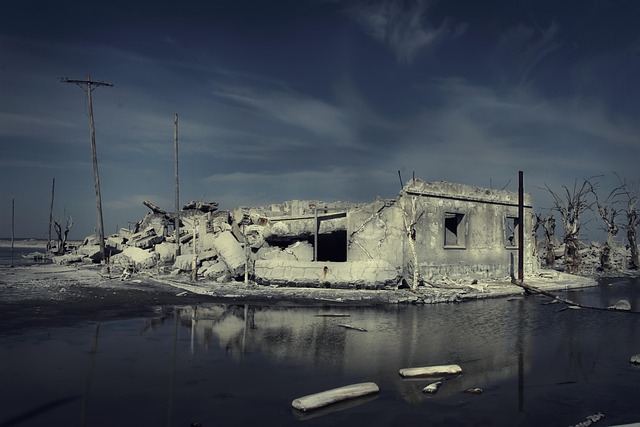Understanding the Rising Threat: How Climate Change is Speeding up the Deterioration of Water Quality
In recent years, the term “deterioration of water quality” has become more than just an environmental buzzword—it has become a tangible crisis in communities worldwide. As someone who cherishes clean water for drinking, recreation, and sustaining wildlife, witnessing the gradual decline in water health stirs a deep concern that is increasingly impossible to ignore. This issue is tightly intertwined with one of the most pressing challenges of our time: climate change.
The Connection Between Extreme Weather and Water Quality
Extreme weather events—whether intense storms, prolonged droughts, or sudden temperature spikes—are no longer isolated incidents. They are becoming the new normal. These events directly influence the deterioration of water quality through various pathways. For instance, heavy rainfall can overwhelm sewage systems and wash fertilizers, pesticides, and other pollutants from agricultural lands into rivers and lakes. Floodwaters often carry harmful bacteria and toxins, making water unsafe for consumption and aquatic life alike.
Conversely, extended droughts concentrate pollutants in diminishing water supplies, leading to harmful algal blooms that produce toxins threatening human health and ecosystems. These patterns highlight the complex dance between climate change and water quality—each extreme weather event marginally tipping the scales toward further degradation.
Why This Matter Hits Home
Clean water is more than a resource; it’s life itself. Whether it’s the water we drink, the habitats for fish and wildlife we treasure, or the recreational spaces that offer peace and joy, the declining quality signals a direct threat to our well-being. The deterioration of water quality fueled by climate change doesn’t just impact distant rivers or remote lakes—it affects local water supplies, posing real risks to health and livelihoods.
Imagine a summer where your lake is choked with green slime, or your tap water shows a disturbing taste and smell—these are not distant fears but emerging realities for many. As the planet heats up and weather grows more extreme, the fragile balance maintaining water purity erodes, making such scenarios all the more common.
What Can Be Done to Address This Growing Crisis?
Recognizing the link between climate change and water quality deterioration is the first step. From there, it calls for a united approach involving individuals, communities, policymakers, and scientists to mitigate risks. Strategies include improving land-use management to reduce runoff pollution, upgrading wastewater infrastructure to cope with storm surges, and aggressively reducing greenhouse gas emissions to slow climate change.
Engaging in community awareness programs, supporting sustainable agricultural practices, and advocating for policies that protect water resources are practical ways we all can contribute. While the challenge may feel vast, each action adds up in the fight to safeguard the purity of water for ourselves and future generations.
As the climate crisis pushes the boundaries of environmental stability, addressing the deterioration of water quality is crucial. It’s a wake-up call—a reminder that the environment’s health is intricately linked to our own, and the time to act is now.




